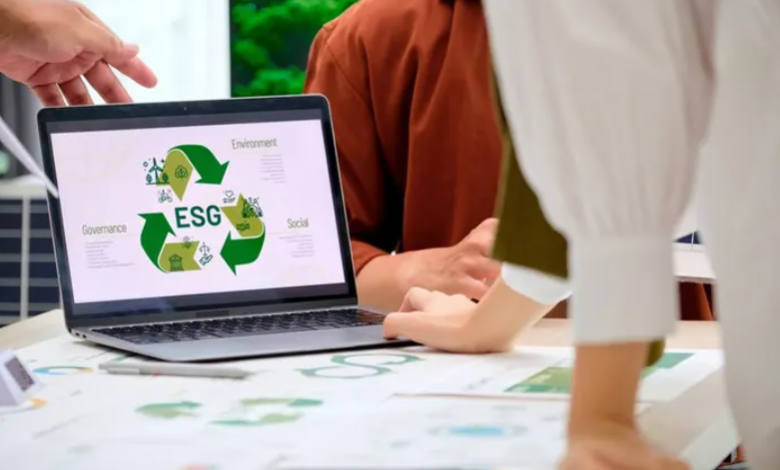HOW TO TRANSITION YOUR BUSINESS TO BIODEGRADABLE PACKAGING IN AUSTRALIA WITHOUT BREAKING THE BANK

Sustainability is quickly becoming the norm in Australia. Government regulations are now stricter than before. In addition, consumers are already choosing green brands. As a result, many large and small businesses are reconsidering how they package their products. But there is a challenge. Many companies fear that the transition to sustainable packaging is associated with high costs.
You don’t need a huge budget to switch to sustainable packages. With the right approach, you can implement the change in a practical manner. Moreover, you can make it economical and brand-enhancing. Here’s how.
Start small
You do not have to redesign your entire package system overnight. Rather, begin with the items that consume the most package material. Alternatively, prioritize those that are the most noticeable to the customers.
Suppose you are in food service. In that case, you can start with takeaway food containers. If you sell retail goods, consider replacing plastic bags with green alternatives.
This continuous implementation can spread costs out over time. At the same time, it can demonstrate to customers that you are committed to sustainability.
Work with local suppliers
Fancy eco-packaging has to be imported, which is costly. Fortunately, Australia has a good network of local suppliers of biodegradable solutions, including compostable mailers and sugarcane-based food containers.
When you locally source biodegradable packaging Australia, you will save on shipping. In addition, you will minimize carbon emissions. Overall, this is a win for your wallet and the planet.
Choose suitable materials
Not every biodegradable material is the same. The following products are cheap and readily available in Australia:
- PLA: A type of plastic made from cornstarch
- Bagasse: A fiber derived from sugarcane.
Others can be fashionable but at a high price tag and with a low disposal solution.
Molded pulp packaging is another cost-effective solution. That explains why it is quickly gaining popularity. It is manufactured out of recycled paper or cardboard. It is often used to produce:
- Trays
- Clamshells
- Protective inserts.
It is durable and light. Even better, the material can be composted. Many businesses appreciate pulp packaging because it is suitable for transporting delicate cargo. That eliminates the need for plastic fillers. Molded pulp can also be customized to fit products, providing protection and keeping your brands environmentally friendly.
The trick is to strike a balance between cost and availability and end-of-life choices. Consider whether your customers would tend to compost at home, recycle, or use council waste systems to dispose of packaging.
See also: Essential Digital Marketing Services Every Business Needs Today
Take advantage of bulk purchasing and collaborations
Prices may be considerably lower when you make bulk purchases. You can also collaborate with other companies to negotiate contracts with suppliers. Furthermore, you can take advantage of industry co-ops that specialize in sustainable packaging. They are such a lifesaver for small businesses. They open up better pricing and access to new materials.
Emphasize your change as a selling strength
Last but not least, keep in mind that consumers are always ready to patronize companies that invest in sustainability. Share your progress even when you have made partial changes. Include a sticker on your site/packaging: Made with biodegradable materials. Transparency will not only create trust but also make your eco-efforts a brand asset. This will offset costs by bringing in more dedicated clientele.





